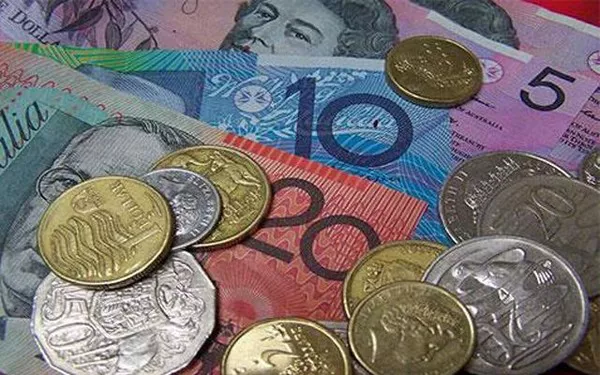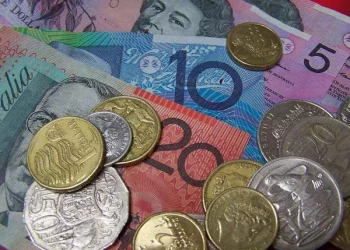The Australian Dollar (AUD) paused its rally on Friday, struggling to extend its seven-day winning streak. The AUD/USD pair hovered near 0.6390 in subdued trading conditions due to the Good Friday holiday. Despite the lull, the pair retains a bullish bias, supported by a weakening US Dollar (USD) and positive developments in China—Australia’s largest trading partner.
Market sentiment was lifted late Thursday after US President Donald Trump revealed China had made several overtures in ongoing trade talks, expressing optimism that a deal could be finalized within three to four weeks. Notably, Trump announced exemptions for key technology goods from newly proposed reciprocal tariffs, a move that benefits Chinese exports and, by extension, Australia’s resource-driven economy.
Meanwhile, China’s robust Q1 2025 GDP growth of 5.4% year-over-year, along with stronger-than-expected retail sales and industrial production, further buoyed confidence in the region. Retail sales surged 5.9%, while industrial production climbed 7.7%, both beating market forecasts.
On the domestic front, the Reserve Bank of Australia (RBA) signaled in its March 31–April 1 meeting minutes that while the May meeting could be a suitable time to review monetary policy, no preset decision had been made. Policymakers highlighted uncertainty surrounding economic and inflation trajectories, citing both upside and downside risks.
Australian labor data showed a mixed picture. The unemployment rate ticked up to 4.1% in March, just below the expected 4.2%, while employment rose by 32,200—short of the 40,000 forecast. Additionally, the Westpac Leading Index’s six-month annualized growth rate slowed to 0.6% from 0.9% in February, signaling a potential moderation in forward momentum.
In the US, the Dollar remained under pressure as market participants assessed the economic impact of escalating tariffs and recent inflation data. The US Dollar Index (DXY) traded around 99.30. Despite hawkish comments from Federal Reserve Chair Jerome Powell—who warned of stagflation risks—the greenback struggled to gain ground. Traders are pricing in approximately 86 basis points of Fed rate cuts by the end of 2025, with the first cut expected in July.
On the data front, US Initial Jobless Claims fell to 215,000, beating expectations, while Continuing Claims rose to 1.885 million. March CPI figures showed inflation cooling more than forecast, with headline CPI easing to 2.4% year-over-year and core CPI at 2.8%, both below estimates.
Technical Outlook: The AUD/USD pair remains supported above its nine-day Exponential Moving Average (EMA) at 0.6311, with the 14-day Relative Strength Index (RSI) staying above the neutral 50 level—both indicators signaling a bullish trend. Resistance looms at the psychological 0.6400 level, followed by the four-month high of 0.6408, last seen on February 21. Key support lies at the 50-day EMA near 0.6283. A decisive break below that could open the path to a deeper correction toward 0.5914—its lowest point since March 2020.
Related Topics:
























